Cuba History Timeline EventsFebruary 2, 1958The nomination of Presidential candidates for the 1958 elections (then scheduled for June 1) took place over the weeks from the end of January through middle of February. On January 24, the Socialist-Democratic Coalition (
Coalición Socialista-Democrática), an alliance joining four pro-Batista parties, announced it had begun a nominating process for the 1958 elections. Its constituent founders were the Progressive Action, Democratic, Liberal and Union Radical parties. Batista was named chairman of the coalition.
In mid-February the coalition nominated
Andres Rivero Agüero as its presidential candidate. Guas Inclan (Batista’s VP) was initially nominated as Rivero Agüero’s running mate, but two days later he was replaced on the ticket by Gastón Godoy y Loret de Mola (Speaker of the House) when Inclan announced his candidacy for the mayoralty of Havana. On 25 January, the
Auténtico party nominated Ramón Grau San Martín as its presidential candidate, and Antonio Lancis as his running mate.
On the 2nd of February, the new Free People's Party (
Partido del Pueblo Libre) nominated Carlos Márquez-Sterling as its presidential candidate and Rodolfo Méndez Peñate as his running mate. During the nomination speech a pack of Castro hoodlums screaming “Death to the Elections!” launched a violent attack on the candidate and audience in the hall.
In its reporting of
M-26-7 anti-election and industrial terror initiatives, the
New York Times devoted a few lines to the
Marquez-Sterling nomination and the attack by Castro’s thugs:
A group of youths invaded the national assembly of the Opposition Free People’s party today as it was preparing to nominate Dr. Carlos Marquez Sterling as Presidential candidate in the election scheduled June 1. Shouting “Viva Fidel Castro!” the youths threw the meeting into an uproar for fifteen minutes and then withdrew.
Señor Castro has repudiated any elections held under the Administration of President Batista.From the
Times report one is almost left with the impression of a small disturbance that was no more than a few nice college kids carried away by their exuberance, gate crashers impolitely shouting Fidel praises at meeting of his opponents, who voluntarily left after a few minutes. Reality was quite different. The nominee’s son, Manuel Marquez-Sterling (who was at the meeting) observed:
“Let me tell you it was scary. The gang Castro sent to show the seriousness of his death threats against those who participated in the elections were a menacing lot. Believe me, 50 years later I still shudder when I remember their faces. Their prison yard looks and demeanor were quite a contrast to the crowd in the convention hall. Throughout their rampage they kept screaming Death to the elections!, Death to Márquez-Sterling! (Mueran las elecciones, Muera Márquez-Sterling). A few times they shouted Viva Fidel Castro!
The marauding thugs left no doubt of their determination to draw Márquez-Sterling blood that day, if not from my father at least from my brother or me. My brother was in the middle of the maelstrom, I was shielded by one of my dad's friends, who dragged me to the periphery. The ruffians were relentless and could not be ejected. They were finally beaten back by the police who had to be called to stop their assault. Before they were forcibly removed. the police sergeant brought a few of them to my dad. He said they were known to the police for long criminal records. When the police searched them they found knives, brass knuckles and cachiporras (blackjacks). The sergeant insisted he knew them well and asked Dad if he would press charges. With his usual kindness my father declined to do so.
It was one of the worst moments of my life. From where I was I could not tell if they had murdered my father. When we got home that night we realized death had been closer than we knew, as we discovered knife marks left by the assailants all over the back of my father's jacket. All these years later, my stomach ties in knots remembering this. But we forge ahead.
With the typical brashness of youth I appointed myself to the advance team that pre-screened campaign appearance sites to check under the seats, and in nooks and cranies to make sure there were no bombs or other nasty surprises. Remember, these gangsters a few months later murdered Victor Vega's brother and several other candidates in cold blood. So you see, they gave us a preview of what was to come for Cuba.
This horrible experience deepened my compassion for the candidates and supporters that a few months later would withdraw from campaigning, when Castro gangs and enforcers came to their homes to threaten them and their families. And it deepened my admiration for those candidates and supporters who patriotically persevered, undeterred by Castro’s thugs.”Once order was restored, Márquez-Sterling in his acceptance speech prophesied “the death of Cuba’s democracy if Fidel Castro takes over.” Márquez-Sterling also demanded that the government request UN-appointed poll observers for the 1958 elections. Batista acceded to the demands. Castro, in the mountains, declared his opposition to the UN or OAS observers because it was a foreign “intrusion” in Cuba’s internal affairs. The hypocrisy of Castro's posture was evident to all who realized at the same time he was aggressively
lobbying (through Urrutia) to have the UN take action against the Batista government for human rights abuses.
While increasing attacks on the constitutionalists and their negotiations for electoral safeguards, Castro intensified and broadened his terrorist campaigns against economic interests. As the
New York Times reported, in addition to the sugar crop he targeted disruption of tobacco factories and fields, public utilities, railroads and refineries.
M-26-7 launched this new phase of its terror operations by burning down a Standard Oil (then Esso, now Exxon) refinery gasoline storage depot near Havana. The rebels boasted that “A month from today all Cuba will be in flames,” and announced their campaign would culminate in a general strike paralyzing the island.

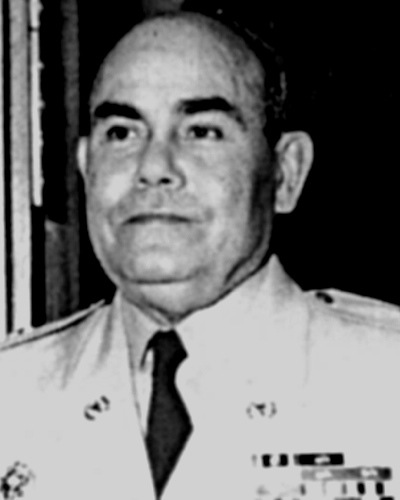


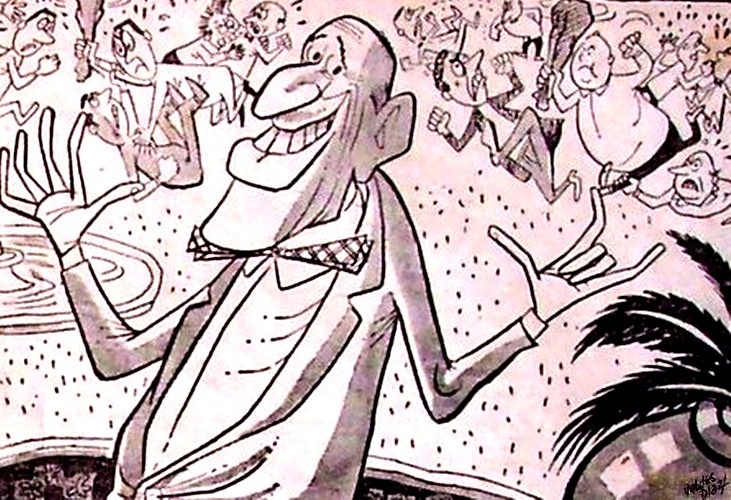
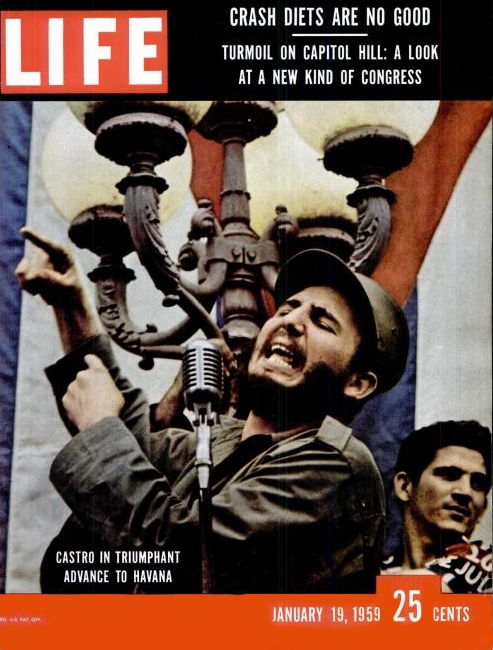
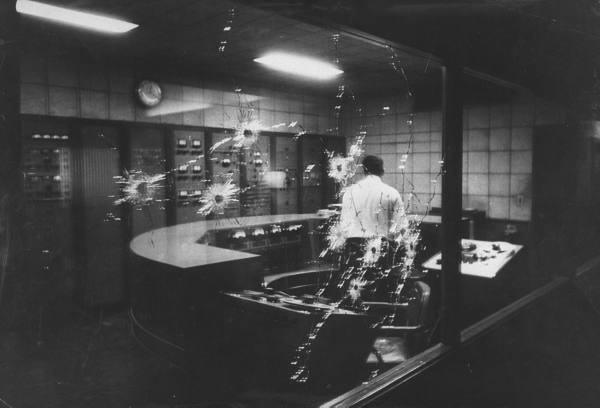


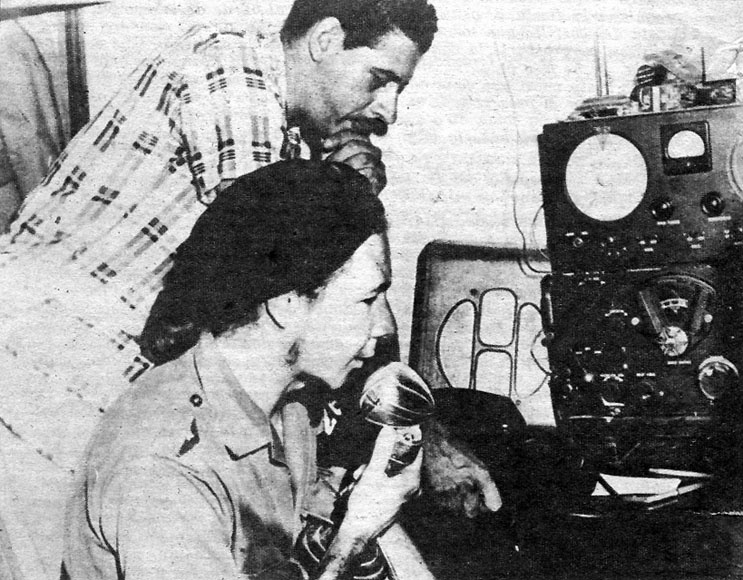


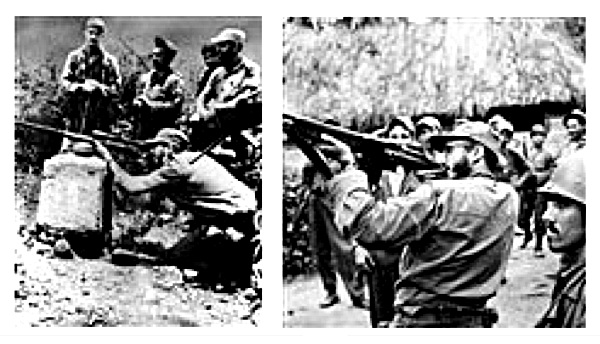
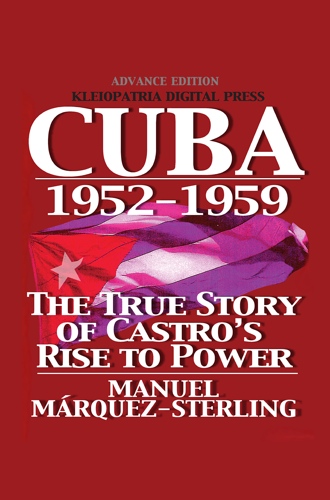
 Mobile subscription
Mobile subscription


